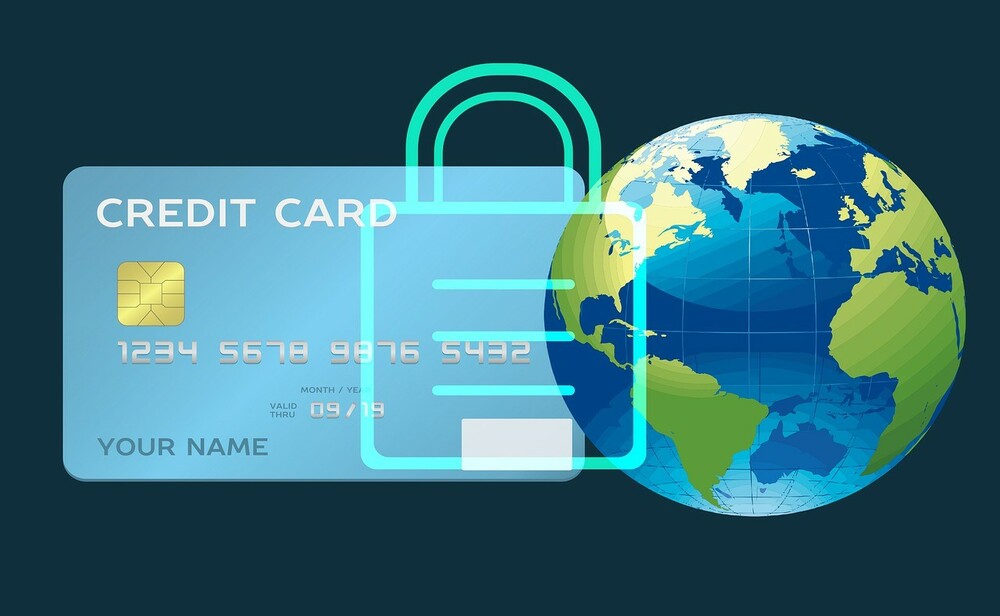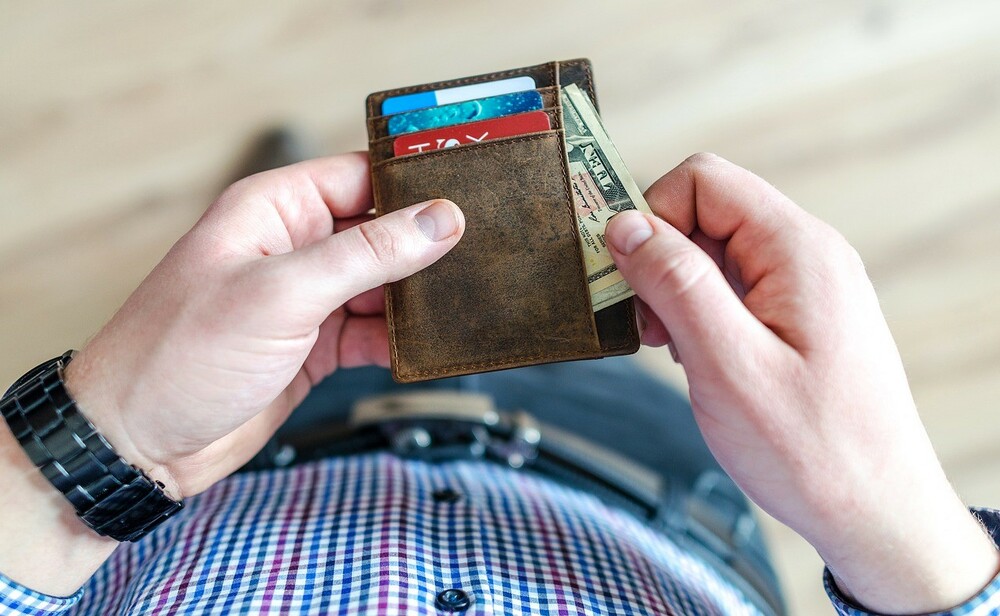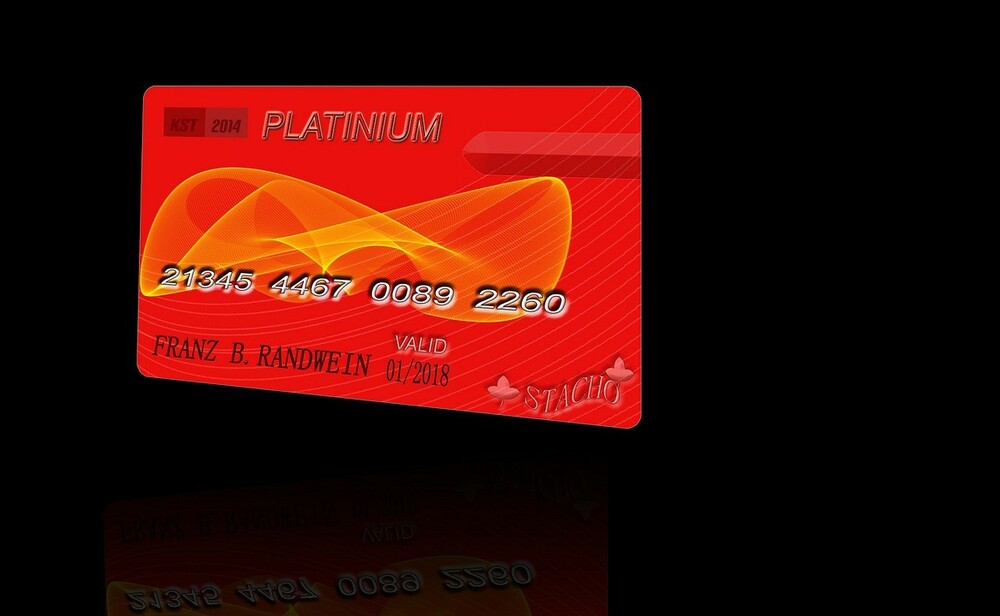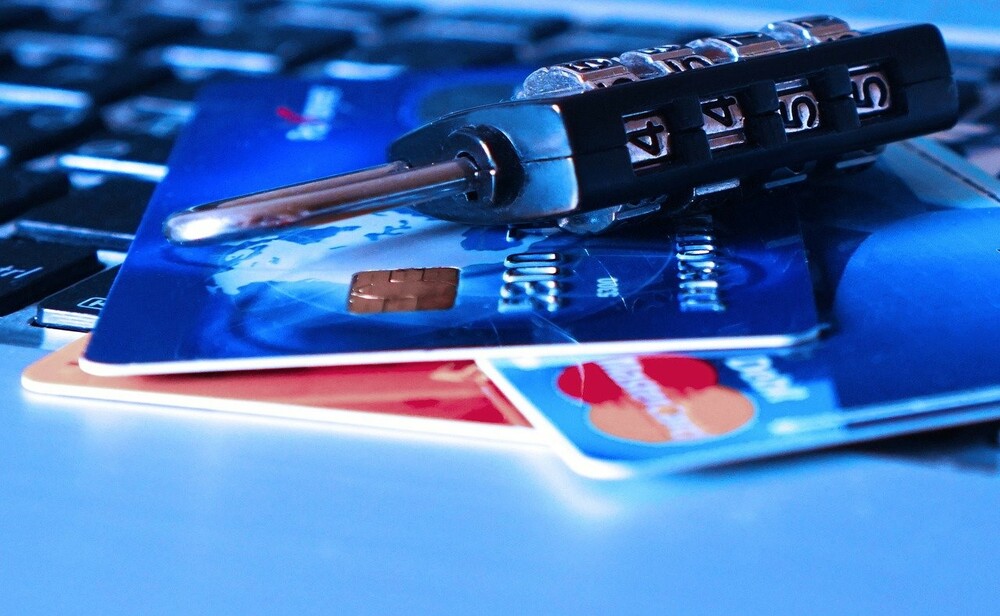Top 10 Credit Card Frauds to Avoid
Introduction– Credit Card Frauds
One of the biggest problems associated with credit cards is fraud. For this reason, it is crucial that you monitor your credit card activity and learn as much as you can about the cards you are using. You should also take steps to prevent fraudulent activity by diligently reviewing your statement regularly and seeking out fraud alerts from the credit card issuer. Fraud is a serious issue. According to the National Consumer Law Center, over $16 billion in unauthorized charges were made on U.S. credit cards in 2015 alone.

While this is a relatively low number of charges compared to the number of people who have credit cards, fraud is costing U.S. consumers over $12 billion per year in lost earnings and the repair of credit. However, the best way to prevent fraud is to be aware of the threats and know what to do when you identify suspicious activity. Today, we will examine the most common types of credit card fraud.
1. Account Takeover
Account takeover fraud is a type of credit card fraud in which the thieves gain control over the account of the cardholder through a number of actions. In some cases, the criminals create fraudulent credit cards and then initiate purchases with them. In other instances, the thieves will create false charges against existing accounts.
Examples of account takeover include:
A thief creates a new online account with a valid credit card number or through an existing account at an online retailer. The fraudster will add the false charges and provide the correct account number to the credit card issuer. The fraudulent charges will be added to the legitimate account.
An existing account with a valid credit card number is used fraudulently to create a new credit card. The thief will gain control over the account, and the fraud will be made using that account number. A counterfeit credit card is created by buying one with a valid credit card number at a legitimate retailer. The purchase is made at a different retailer with the real credit card. When the counterfeit card is later used to make purchases, the real credit card number will appear on the receipt.
A fraudster obtains personal information for you by:
- Spoofing your account number
- Username and password information
- Social security number
- E-mail address
- Phone number
The attacker gains access to your information and uses it to create a credit card account for you. The attacker also obtains the three-digit card verification code, which is required to check the card number for accuracy. The thief will use that account number to make fraudulent purchases. The charges will not be included on your statements.
2. Credit Card Impersonation
The classic example of credit card impersonation is someone using a stolen credit card number to make purchases. However, the identity theft may have occurred many years earlier, with the criminals attempting to use your identity to make purchases or transferring funds to another person’s account.
The risk of credit card impersonation can come from almost anywhere. The risk is most likely greatest from loans or credit cards obtained at payday loan centers, gas stations, kiosks and other places where money can be skimmed from customers. An even greater risk comes from online financial services. Many websites are vulnerable to the phishing scam, and criminals use this to break into bank accounts.
3. Bank Fraud
A type of credit card fraud, bank fraud occurs when the fraudster impersonates a person or institution in an attempt to obtain credit or money. The fraudster impersonates the account holder, impersonates a representative of the bank or even impersonates a government official. A bank fraud involves tricking a person into providing confidential information that is used to make unauthorized charges.
A common example of bank fraud is a person impersonating their own bank by sending a series of requests to their bank in an attempt to obtain a loan. Other examples include fraudsters pretending to be a bank representative or customer. The fraudster asks for account information or sends a payment request. A malicious hacker may also impersonate a bank to steal customer information. The hacker may seek information, such as Social Security numbers or account numbers, that can be used to open a new account or to change your existing account.
4. Gift Card Fraud
Gift cards may seem like a safe method of payment, but a gift card can be a particularly tempting target for a credit card fraudster. Gift cards are often purchased in large numbers and traded for cash. The fraudster will create a fraudulent account with the intent of using the full value of the cards as cash.
The easiest way to prevent gift card fraud is by paying close attention to the card. Be aware that fraudsters can sometimes remove a store’s barcode before a purchase to avoid detection. Be sure that you are purchasing a gift card at a legitimate retailer. If a store’s barcode is removed, check the card to make sure that you are actually paying with it and not an altered card.
5. Net Banking Fraud
A type of credit card fraud, net banking fraud occurs when someone requests a small amount of money from their online account with the intent of withdrawing the money. A common example is someone requesting a small amount of money from their online account, but then attempting to withdraw more money after the request.
A fake email or text message may appear, requesting a request to enter your login credentials or remote access your computer. Another common fraud involves fraudsters posing as account representatives and requesting that you to log into your account on a fake page.
6. Phone Banking Fraud
Phone banking fraud involves attempts to convince an individual to wire funds or make a payment using a telephone. The fraudsters may claim that the call originated from a legitimate telephone company or perhaps a bank. Phone fraudsters may request that you call an unknown extension, or may say that you have a forgotten password or are unable to make a payment without calling their help line. The fraudsters may also pretend to be your bank or financial institution.
The fraudster may claim to be calling to fix your account problem, or the fraudster may simply attempt to take your money. While the phone calls may be real, the person on the other end of the phone may not be legitimate. If you are suspicious of the call, hang up and call your bank or financial institution to verify the call. A quick way to confirm if the call is real is to dial a few random numbers. If they don’t connect, it’s a fraud.
7. Internet Dating Scam
Online dating fraud is a common form of credit card fraud because it combines the greatest asset of online dating: loneliness and despair. The fraudster pretends to be a single dating website or web-based service representative, claiming to be able to help you meet other singles or find a partner.
As part of the deception, the fraudster will request personal information or send you a false voucher for a product or service. The fraudster may also provide an invitation to a fake social gathering or online chat room. The fraudster may then request the card information of the victim.
8. Power Tool Fraud
Powders and other power tools are often sold at big box stores, home improvement centers or online, making them a popular item for the people looking to burglarize a home. The high-end power tools, such as Craftsman and Stanley, are often expensive and difficult to procure. Criminals posing as would-be salesmen try to obtain these tools in order to steal them, or to sell them for profit.
Sometimes the power tool fraudsters work in pairs or will enlist a single person as an accomplice. For instance, a fraudster may pretend to be working with a paint company, seeking to purchase more than the typical amount of paint. Once the purchase is made, the suspect will wait nearby as the victim completes the purchase. When the victim is near the car or building, the fraudster will distract the victim. The suspect will then grab the victim’s power tool bag and the goods he paid for. The would-be thief or thief accomplice may then return the product or goods for cash.
9. Fake Sweepstakes
Also known as Publisher’s Clearing House Sweepstakes, fake sweepstakes fraud is one of the most common forms of online credit card fraud. The fraudsters typically create a fake sweepstakes website and submit entries into it. The fake site may claim to be from a well-known sweepstakes company such as Publishers Clearing House or the Coca-Cola company. It may also include a phone number or email address. The fraudster may also ask you to deposit a cash gift to the alleged sweepstakes company or ask you to pay a small fee to obtain your prize.
If you believe you have entered into a fake sweepstakes, call your bank or financial institution immediately. A quick way to find out if you have a legitimate sweepstakes entry is to visit the Publishers Clearing House website and enter the official code of the company to find out if you have a legitimate entry. If you don’t see a link to the sweepstakes company on the official Publishers Clearing House website, the sweepstakes may be fake.
10. Identity Theft
Identity theft is also among the most common forms of credit card fraud. Thieves use information on your credit report to create fake accounts and charge unauthorized purchases on your card. These purchases will be caught by your bank or credit union, who will close the unauthorized accounts.
If you suspect identity theft, contact your financial institution immediately to report unauthorized activity. In some cases, you may be asked to provide some personal information to clear up the unauthorized purchases. This information may include your social security number, account numbers, mother’s maiden name, or other highly sensitive information. Be wary of accepting any such requests and let the financial institution know immediately if you feel uncomfortable sharing such information.
The reasons you might be targeted for credit card fraud
You may be a target for fraud for a number of reasons. Some frauds are just plain sloppy, resulting in all the charges being legitimate, or the merchant being the victim of a hacker. Others, however, are much more sophisticated. Here are some of the most common reasons for which you might be a target for credit card fraud:
You are using an unsecured credit card.
One of the biggest risks associated with credit cards is if you do not protect your credit card from fraud. Credit cards offer a number of protections to make it harder for thieves to charge your account, but the reality is that these protections don’t cover the entire universe of risks that can be associated with credit cards. The fact is that, with so many points of friction and security flaws, you are far more likely to be a target for fraud if you are using an unsecured credit card. Here are some of the biggest risks associated with unsecured credit cards:
- It is more difficult to dispute fraudulent charges, and you may not be able to get your money back quickly
- The risk of being reported to the credit bureaus for fraudulent charges
You might be a more attractive target for fraud if:
- You tend to carry a lot of cash or a lot of small denomination cash cards. In contrast, a credit card allows you to load a small amount of money onto the card and use it to make a purchase.
- You usually carry a single card and frequently use it to make a single purchase. On the other hand, a credit card has the advantage of being much more versatile. If you are an avid online shopper, for example, a credit card allows you to use the card to make a purchase in a number of different places, including the many online stores you might be shopping on.
Conclusion
The newest forms of credit card fraud are more sophisticated and professional than ever before. Many of the cases detailed here involve significant money losses. If you think you have been a victim of any form of credit card fraud, contact your financial institution immediately to report the incident.
Must Read: A Beginner Guide About Credit Score





